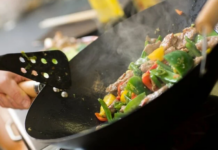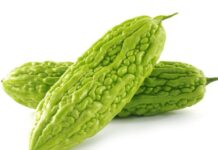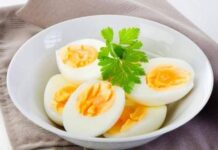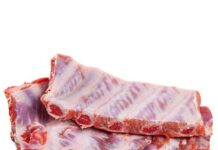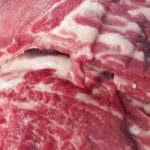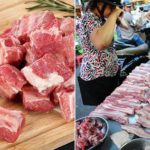1. Slimy, Sticky Ribs
When selecting ribs, a slight stickiness and flexibility indicate freshness. However, if the meat feels excessively sticky, mushy, or has a slimy residue, it’s a red flag. These signs suggest the ribs have been stored too long, spoiled, or treated with chemicals to retain color. Such ribs not only lack flavor but also pose health risks.
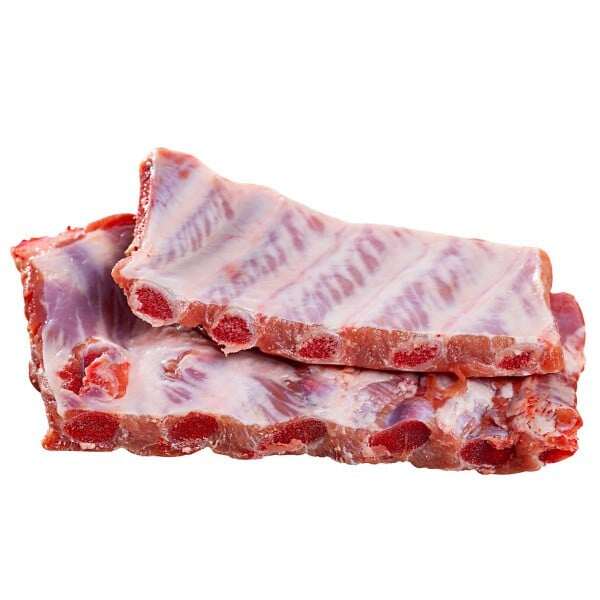
2. Loss of Elasticity
A simple market tip: press your finger into the rib.
If the meat bounces back quickly, it’s fresh.
If the indentation remains or recovers slowly, the ribs are old and no longer tender.
Ribs lacking elasticity become dry, pungent, and lose their natural sweetness—avoid them, even if priced low.
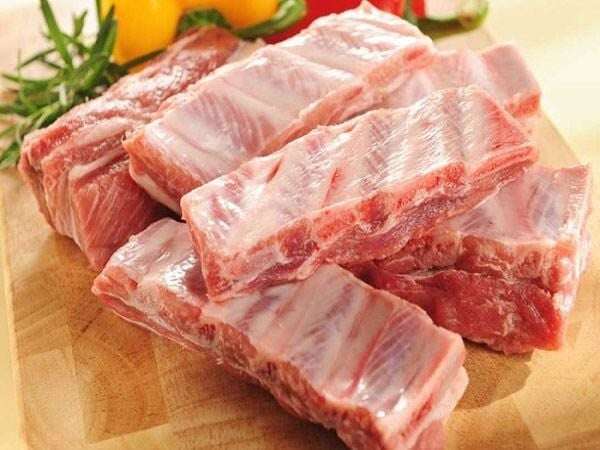
3. Wet Ribs or Leaking Fluid
Fresh ribs are dry, naturally pink, and free of moisture. If ribs appear soaked, leak fluid, or the vendor frequently wipes their surface, they’ve likely been injected with water to increase weight. While these ribs may look fresh, their flavor, nutrition, and quality are significantly compromised.
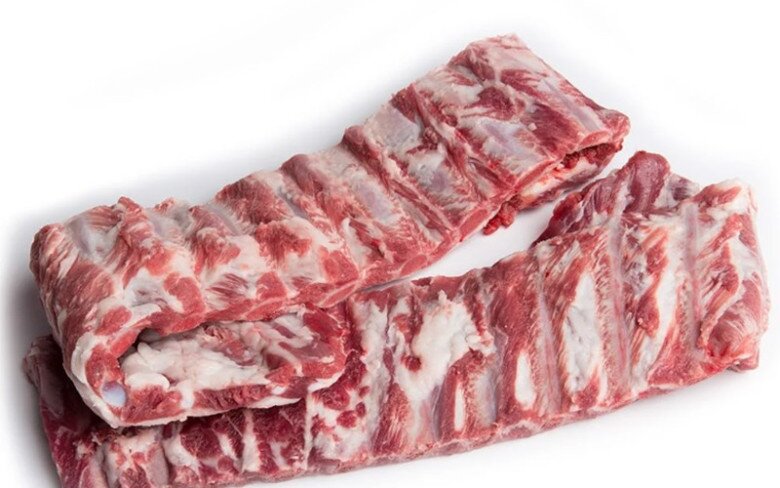
Which Rib Section is Best?
Pork ribs vary by section, each suited to specific cooking methods. Choosing the wrong type can result in dry, tough, or bland dishes. Chefs recommend understanding rib sections to match them with the right recipes.
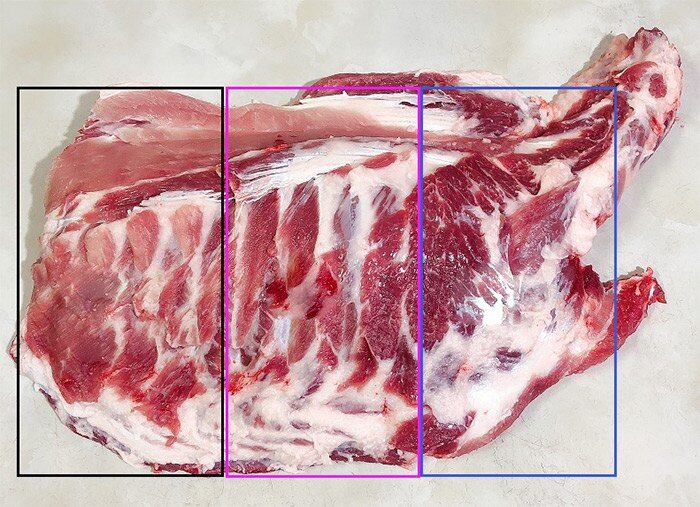
– Front Ribs: Located near the neck and shoulders, these ribs have more tendons, less meat, and smaller bones. Some include spinal bone fragments, making them cheaper. Ideal for soups or porridge, as slow cooking extracts natural sweetness. Not recommended for frying, braising, or stir-frying due to minimal meat.
– Middle Ribs, the Premium Choice:
Found in the chest cavity, middle ribs feature flat bones, tender lean meat, and thin fat layers—the most expensive and versatile section. Perfect for grilling, braising, stewing, stir-frying, or steaming. The meat is both tender and slightly fatty, preserving natural sweetness.
– Back Ribs: Near the hindquarters, these ribs are less active, yielding thicker, softer meat. The bone marrow adds sweetness, ideal for porridge, stews, or steaming. If middle ribs are unavailable, back ribs are a great alternative for braising, frying, or sweet-and-sour stir-fries, delivering rich flavors.
“The Ultimate Guide to Choosing the Perfect Pork Ribs and Hock”
Pork ribs and trotters are versatile and beloved ingredients in many cuisines across the globe. They offer a unique culinary experience, with their tender meat and rich, flavorful profiles. These cuts have a special place in the hearts of food enthusiasts, providing a canvas for an array of mouth-watering dishes.
How to Distinguish Front and Back Ribs: A Guide to Choosing the Tastiest Cut
The culinary world is an ever-evolving art, and the discerning chef knows that the right cut of meat can make all the difference. When it comes to pork ribs, there are two main types to consider: the versatile spare ribs and the more specialized back ribs. But how do you tell them apart? It all comes down to a combination of visual cues and an understanding of their anatomical origin. With this knowledge, you can master the art of selecting the perfect ribs for your culinary creations.







